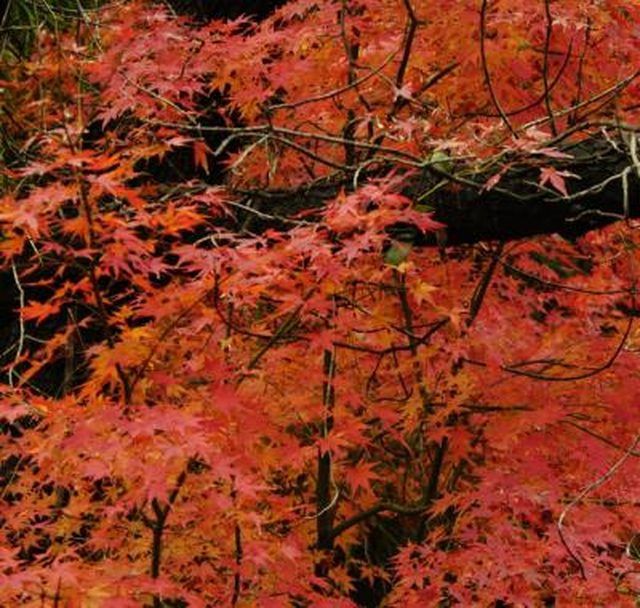Bulbs
Flower Basics
Flower Beds & Specialty Gardens
Flower Garden
Garden Furniture
Garden Gnomes
Garden Seeds
Garden Sheds
Garden Statues
Garden Tools & Supplies
Gardening Basics
Green & Organic
Groundcovers & Vines
Growing Annuals
Growing Basil
Growing Beans
Growing Berries
Growing Blueberries
Growing Cactus
Growing Corn
Growing Cotton
Growing Edibles
Growing Flowers
Growing Garlic
Growing Grapes
Growing Grass
Growing Herbs
Growing Jasmine
Growing Mint
Growing Mushrooms
Orchids
Growing Peanuts
Growing Perennials
Growing Plants
Growing Rosemary
Growing Roses
Growing Strawberries
Growing Sunflowers
Growing Thyme
Growing Tomatoes
Growing Tulips
Growing Vegetables
Herb Basics
Herb Garden
Indoor Growing
Landscaping Basics
Landscaping Patios
Landscaping Plants
Landscaping Shrubs
Landscaping Trees
Landscaping Walks & Pathways
Lawn Basics
Lawn Maintenance
Lawn Mowers
Lawn Ornaments
Lawn Planting
Lawn Tools
Outdoor Growing
Overall Landscape Planning
Pests, Weeds & Problems
Plant Basics
Rock Garden
Rose Garden
Shrubs
Soil
Specialty Gardens
Trees
Vegetable Garden
Yard Maintenance
My Japanese Maple Leaves Are Turning Brown
My Japanese Maple Leaves Are Turning Brown. Japanese maples are small ornamental trees with varying leaf colors, depending on the cultivar. Premature browning of Japanese maple leaves can be a symptom of disease. Early identification and control are vital for preventing further damage.

Japanese maples are small ornamental trees with varying leaf colors, depending on the cultivar. Premature browning of Japanese maple leaves can be a symptom of disease. Early identification and control are vital for preventing further damage.
Types
Two main diseases that cause leaf browning in Japanese maples are anthracnose and leaf scorch. Anthracnose is a fungal disease that affects the trees' foliage. Leaf scorch is a disease caused by unfavorable environmental conditions. Although no pathogen causes leaf scorch, the condition is referred to as a disease.
Identification
Anthracnose symptoms include dead patches on leaves, red to brown lesions covering the leaf surface and leaf wilt. The fungus favors cool, wet weather and free moisture on foliage. Leaf scorch symptoms consist of yellowing or browning at the leaf margin, browning between veins and leaf death. Hot, dry weather and rainy periods favor leaf scorch on Japanese maples.
Control
Infected branches must be pruned and fallen leaves must be gathered and destroyed to stop the spread of anthracnose. Fungicidal control is effective in the case of a severe infection. Extra water during warm weather and adequate soil drainage may help prevent leaf scorch.